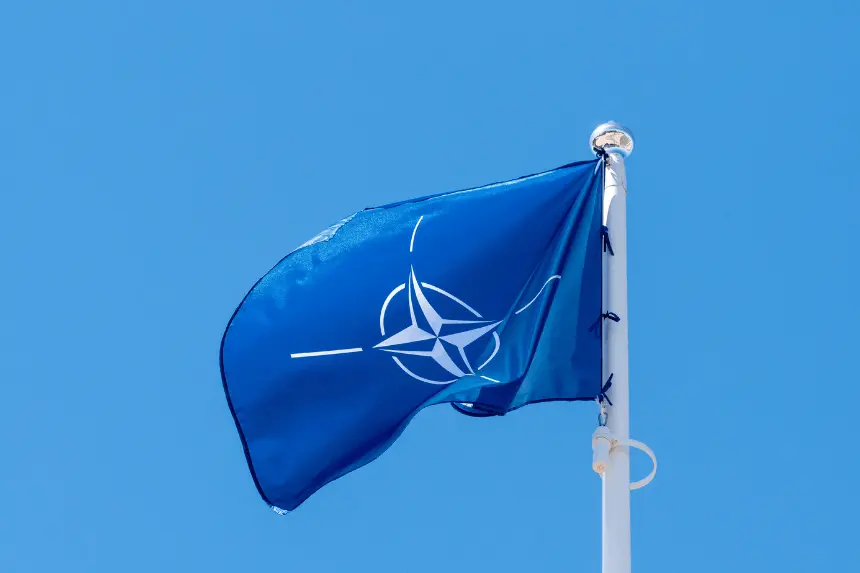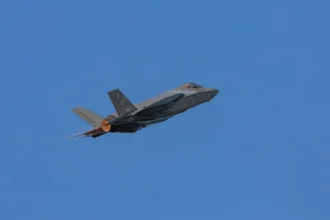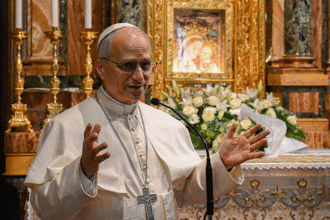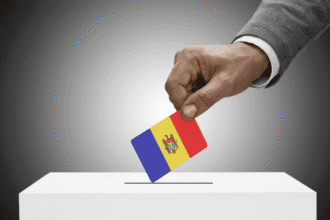The new summit of NATO in The Hague marked a fundamental change of priorities, financial and strategic, of the Nato alliance. The leaders of the member countries were met with great excitement in a tense atmosphere, with Russia, and with the escalation of security threats in Europe. One of the most important results of the meeting was the arrangement by Nato countries to increase defence expenditures massively, which is a radical step towards the collective long-term security. This increment will transform the coordination and planning of the alliance in terms of military approach. With the changing geopolitics, the focus by NATO on being prepared signifies its will to keep abreast with the emerging challenges. So, what are the five principal lessons that could be learned about this and their significance all over the world?
- How Much Will NATO Finally Have to Spend on Defence?
- What did the Summit do to reaffirm Nato Core Values?
- What Role Does the Russia-Ukraine War Play in the Summit?
- What was the reason why Spain was targeted during the summit?
- How did Mark Rutte Fit into the Dynamics of the Summit?
- Final Thoughts: What is Next with NATO?
How Much Will NATO Finally Have to Spend on Defence?
The most radical of such decisions made at the summit was the consent to increase the total of Nato defence expenditures to 5 percent of the total GDP of the member countries in a time span of ten years. It is a drastic rise in the traditional 2% recommendation, which many countries still fail to meet.
In particular, 3.5 will have to be spent on basic military spending, i.e., on personnel, arms, and operations, with the rest 1.5 being allocated to the other spheres of security. These are infrastructure defense, cybersecurity, civil resilience, and innovation in defence.
This broad-minded description enables different countries with different economies to orient themselves towards the objective. Nonetheless, it will be quite difficult to achieve the 3.5% target, especially for countries that are contributing moderately more than 2%. Countries will, every year, have to present their spending plans that set out a plausible route to the 5 percent target and will be reviewed jointly in 2029.
What did the Summit do to reaffirm Nato Core Values?
Article Five is one of the central concepts of NATO, which is still anchored in collective defence. This is a belief that an attack on a member is an attack on all.
Worries about possible changes to this commitment were aired before the summit when US leadership left the door open to different interpretations of the mutual defence clause. But at the summit, the alliance doubled up on solidarity. There was a joint declaration of an iron-clad commitment to collect defence that went in a way of assuring the member countries, especially those that were near Russia.
Even though certain member states might have been pressured to spend more in this renewed commitment, the majority of the leaders who attended the summit were left with a greater sense of collaboration and tactical direction. Here is the link to our article on the NDP-Liberal Split
What Role Does the Russia-Ukraine War Play in the Summit?
The war in Ukraine played a significant role when it comes to the tone and urgency of the summit. The activities of Russia still raise concerns among most Nato countries, especially those along the eastern part. Moscow is also regarded by leaders as a long-term threat to Euro-Atlantic security.
Interestingly, the summit communique did not openly accuse Russia of the war in Ukraine. Rather, it employed watered-down terms of helping Ukraine and combating dictatorial aggression. Such diplomatic sensitivities are echoed in this wording at a time when there are differences in how states approach the question of Russia.
However, the group said it would persist with military, economic, and humanitarian aid to Ukraine, giving it the position of a core element in NATO’s strategic position in the coming years.
What was the reason why Spain was targeted during the summit?
Spain was one of the countries that became among the more controversial players at the summit. Already disadvantaging NATO, Spain spends only 1.24 per cent of its GDP on defence spending. Under pressure, Prime Minister Pedro SANCHEZ defended the position of his government, stating that 2.1 percent is enough, and it can be reconciled with the needs and social agenda of Spain.
This position attracted severe criticism from the US leadership, which claimed that Spain was out to have a free ride. This was further increased when the commitment of Spain was questioned during the trade discussions, raising a pointer of possible diplomatic implications.
This confrontation was interesting optically. Sanchez seemed physically remote when being photographed while emphasizing the estranged relationship between Madrid and Washington. Though Spain is now in support of the alliance, its refusal to comply with the new Nato defence spending target might render it politically isolated. Here is the link to our article on Gove’s Political Reflections
How did Mark Rutte Fit into the Dynamics of the Summit?
Nato Secretary General Mark Rutte helped to steer the fine politics of the summit. Before the event, Rutte gave a public endorsement of the U.S. domestic policy abroad, indicating that he was on the American side of leadership. This did contribute to the goodwill, which was so important in alliance unity.
When appearing with American leaders together, Rutte provided the following metaphor: good leadership is like a father figure solving conflicts- unexpected laughter was received, and media coverage followed. This light touch can have relaxed progressive negotiations anhelped to ensure more collaborative results of the summit.
Nevertheless, he had a strategic position. Rutte had a knack of blending diplomacy and personality, and he succeeded in ensuring that the summit did not drift away into abstract issues but involved itself in constructive goals achievement, including the core ambition of more Nato defence spending.
Final Thoughts: What is Next with NATO?
The summit that took place in The Hague can be marked as one of the most important steps in the history of NATO, as it determined the future of this organization. The move to increase Nato defence spending to 5 per cent can be considered a forceful united front when it comes to the issue of security amidst increasing threats in the world. Though member countries might disagree on dates and approaches, the common desire for solidarity and strength comes out. It will be achieved through open budgeting, innovations, and political determination. The meeting reconceptualized the notion of alliance responsibility and security because it is a collective obligation. Through a much sounder financial and strategic basis, NATO is gearing up to respond to the challenges of tomorrow, united.








